News
FOCUS: Paul Wenham-Clarke
6 May 2020
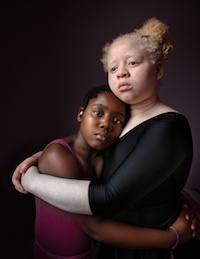
© Paul Wenham-Clarke
In January this year Paul Wenham-Clarke exhibited his project Our Human Condition at The Gallery @Oxo, London. Renowned curator and photography judge Zelda Cheatle advised on the curation of the show and here she asks Paul some questions.
Our Human Condition by Prof. Paul Wenham-Clarke
Paul is the course Leader of MA Photography at Arts University Bournemouth.
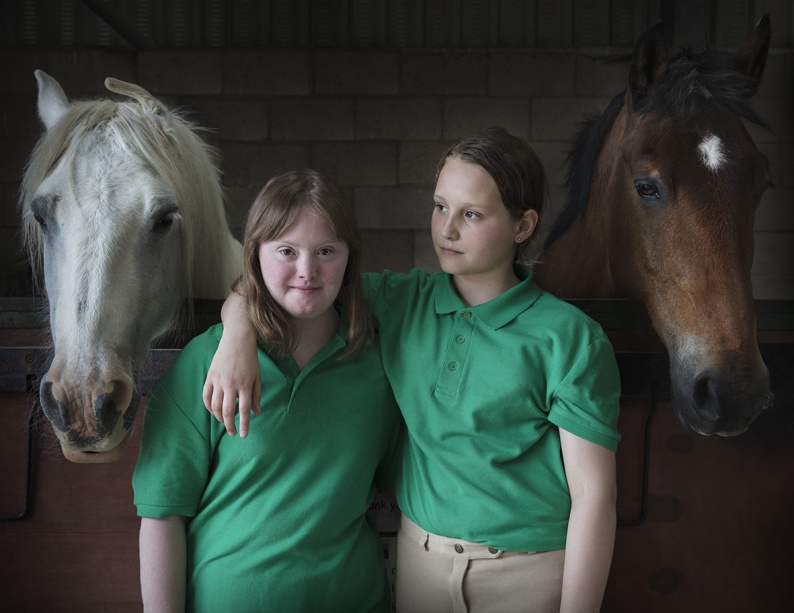
© Paul Wenham-Clarke
There are thought to be around 6000 genetic conditions, these are spread throughout the population but most of the time they remain hidden in our genes undetected. This project explores the lives and relationships of siblings in which one or more has such a genetic condition. We learn how the siblings’ lives are different and yet deeply intertwined. The human condition is defined as the positive or negative aspects of being human, such as birth, growth, reproduction, love and death. The people involved talk about how their relationship has worked and changed through their lives. The images and stories reveal how the families are very proud of who they are and their worth to wider society. They have a power to encourage empathy and promote humanity, as Jenna Graham says about her sister, “If more people spent time with someone like Lauren, the world would be a better place”.
1.How difficult was it for you to broach the subject with the families and the individuals. You are a very caring photographer, but you must have had doubts within you as you embarked upon the project?
I had terrible doubts when I started, as I was thought no one would want to take part as they would be afraid of being objectified. In past projects that I have made of under presented groups such as the homeless, or road accident victims, or the Traveller community, I have had to prove my trustworthiness. I do this by finding one family or individual willing to take part and then making images of them that they feel comfortable with. This takes time and I don’t try and rush it. I show them images as I shoot and they get to feedback on them. Once I have these images to show it’s much easier to find others willing to take part, as they can imagine themselves in the project.
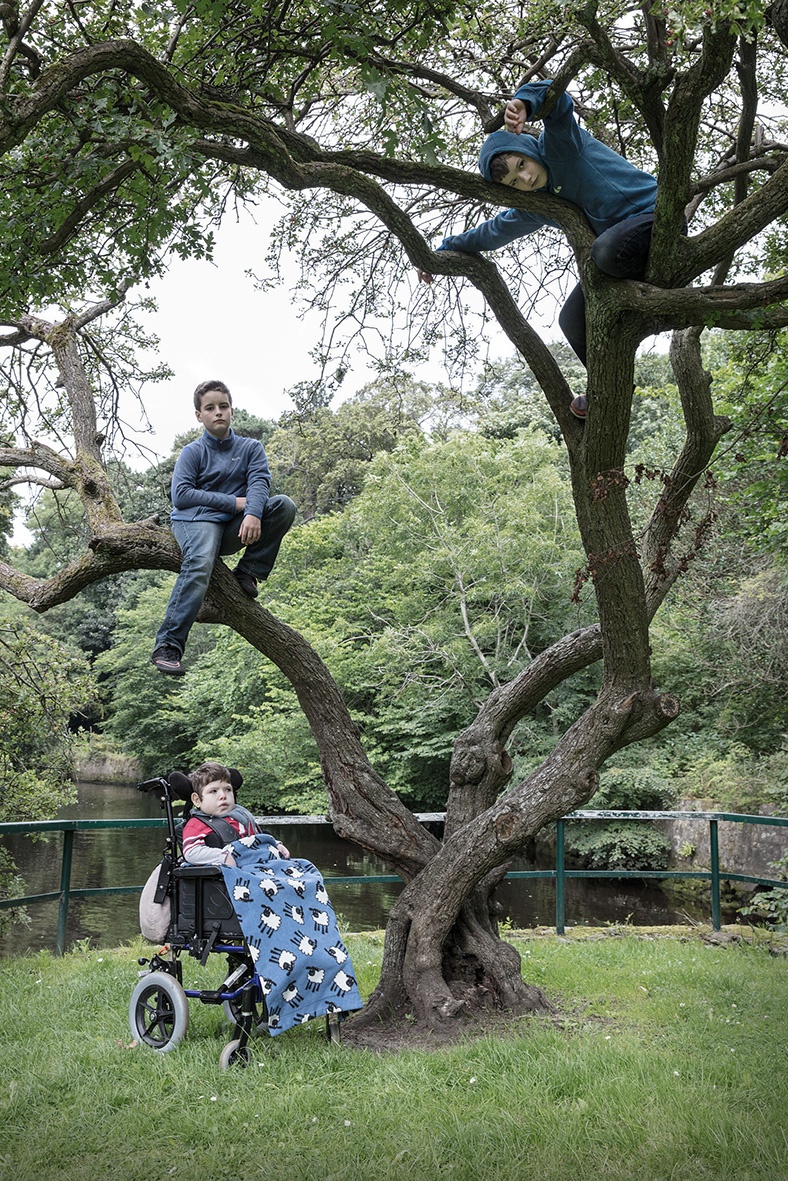
© Paul Wenham-Clarke
2. Once you had begun a relationship with each family, which must have taken some time, how long was the process before you started taking pictures?
This varied greatly with each family but usually I would spend two days with them. When I used to work as a commercial photographer this would have been ridiculous as you have to get results quickly and be on to the next shot. However, on most of the shoots I chatted and joined in with activities for half a day and then picked up the camera after that. I have done this kind of work a lot now and I have become much better at relaxing people quickly and they soon start to enjoy the experience.
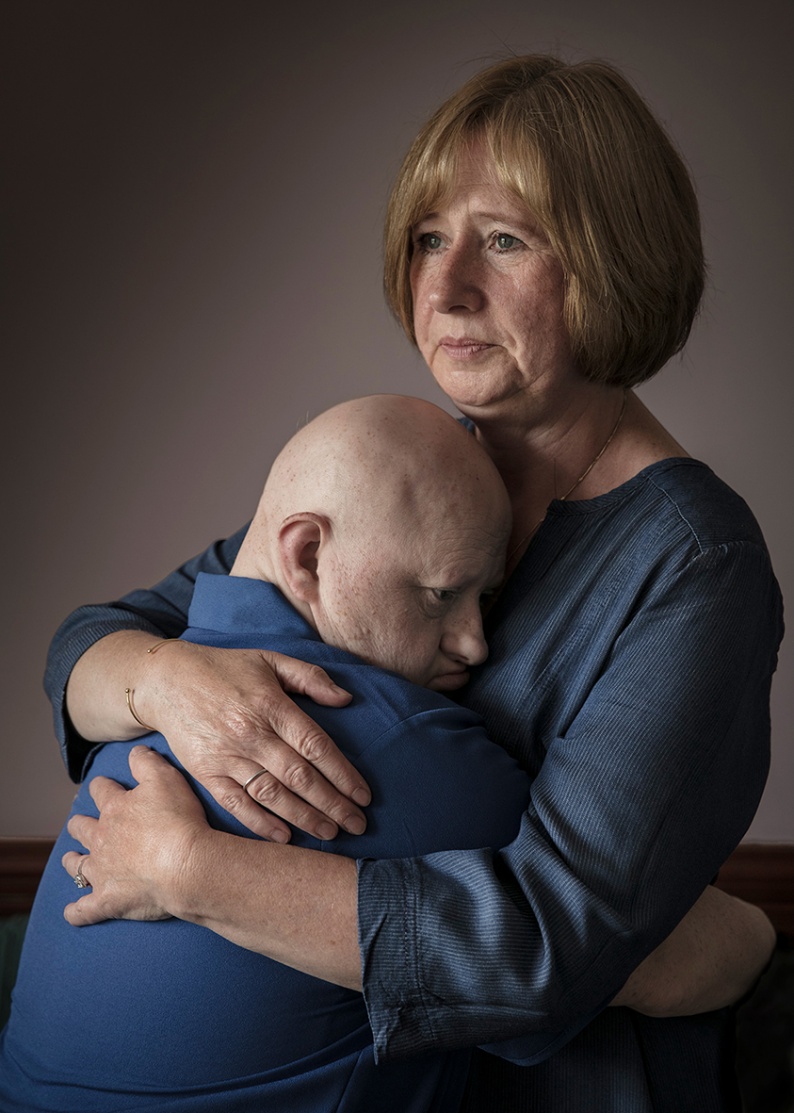
© Paul Wenham-Clarke
3. Was it always a simple choice of which siblings to choose?
Choosing the families took great deal of time as I wanted a variety of age, gender, ethnicity and a variety of conditions. These should include well known conditions such as Down’s Syndrome but also to include rare ones such as DOORS. This was a strange phase as you can feel like a butterfly collector picking specimens but I feel it is important to represent diversity if you can.
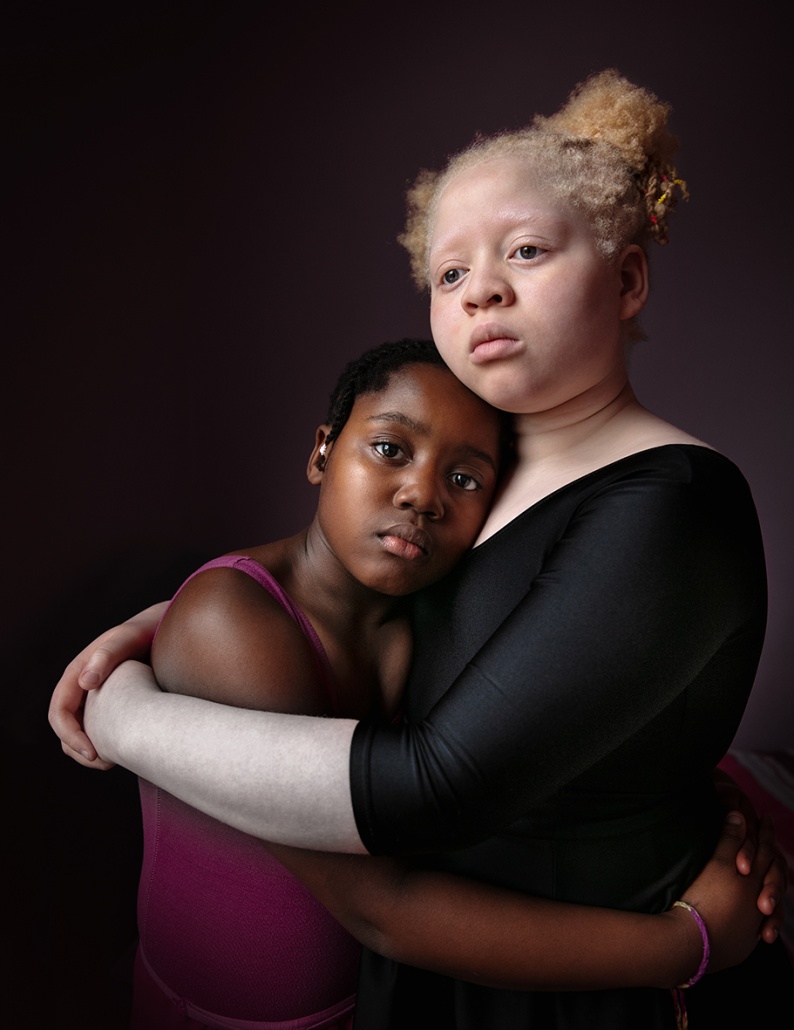
© Paul Wenham-Clarke
4. I was bowled over when I first saw your work as the pictures showed very tangible and in many cases beautiful, relationships, which is a very hard visual representation. So often, if a person is challenged in some way there are visual cliches, assumptions and a patronising vocabulary which is entirely absent from your work. How did you approach this work, making such a refreshingly clear and realistic series of pictures?
I am flattered that you think of the images that way. I spend a lot of time watching people closely and my goal is to capture their emotional bonds. We say so much through body language and I hope the images encourage the viewer to imagine themselves in these situations and feel empathy. The hugs and kisses between the siblings mean so much and sadly for some the Covid-19 virus has separated them as they are isolated in care homes and they don’t understand why.
5. This is hardly a question as your work so clearly overcomes this, but you may have felt when first approached that you would in some way be a voyeur rather than a communicator of empathy and humanity. Did you think about this?
This has come up many times in the work I have made over the years. On one side you feel you are telling these people stories but on the other you feel like an emotional tourist. Walking in and out of other people’s challenging lives and taking what you want. This is why I develop such a close collaboration with the people I photograph, so we make the work together. You’re not a voyeur if you are part of it.
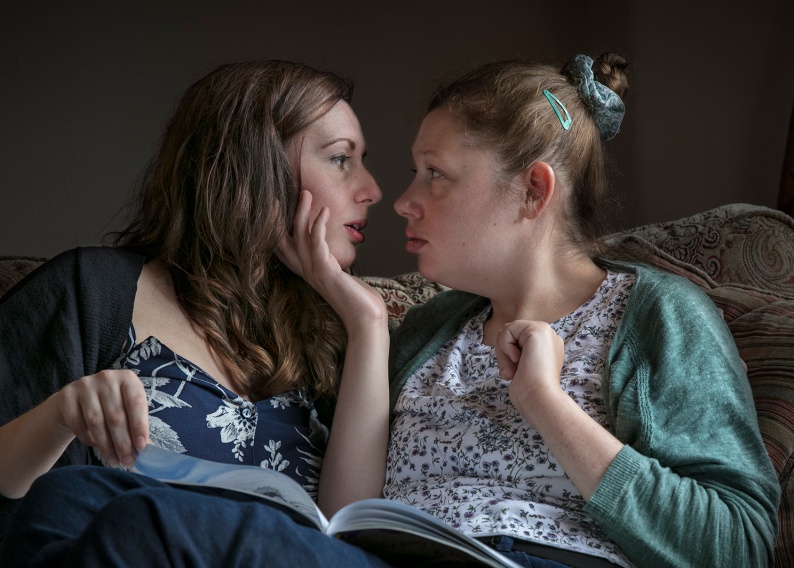
© Paul Wenham-Clarke
6. As you have so successfully accomplished such a major task and made an exhibition that was really enjoyed by so may, what are your future plans with this work?
I am looking to build a bigger group show that could include a variety of artists who are interested in genetics, or artist who has a genetic condition themselves. I would like to tour the show at home and abroad. However, the Covid-19 has put all this on hold and so I decided to put all the images and stories online for everyone to access. I hope that in the long run many more people will see the exhibition this way.



